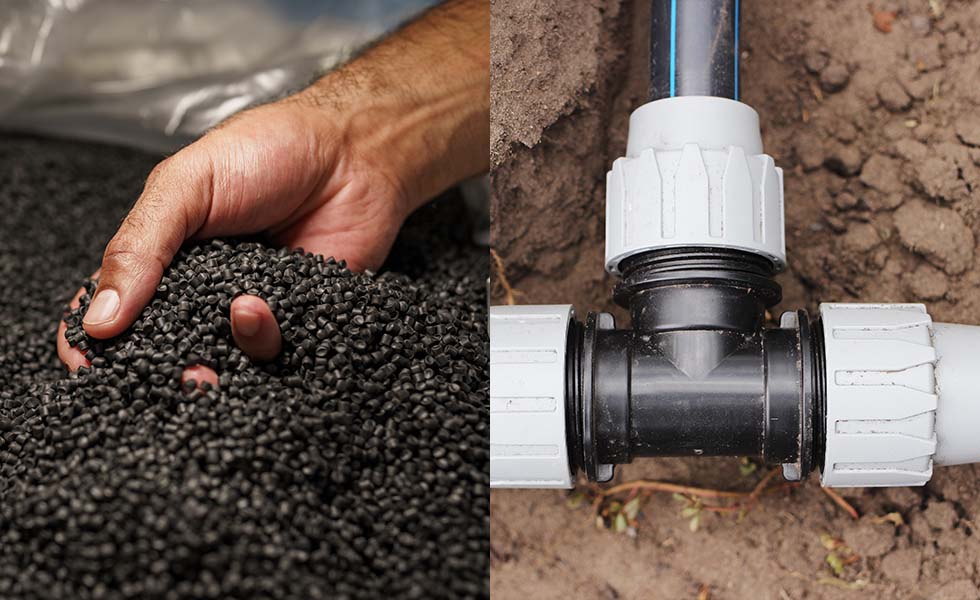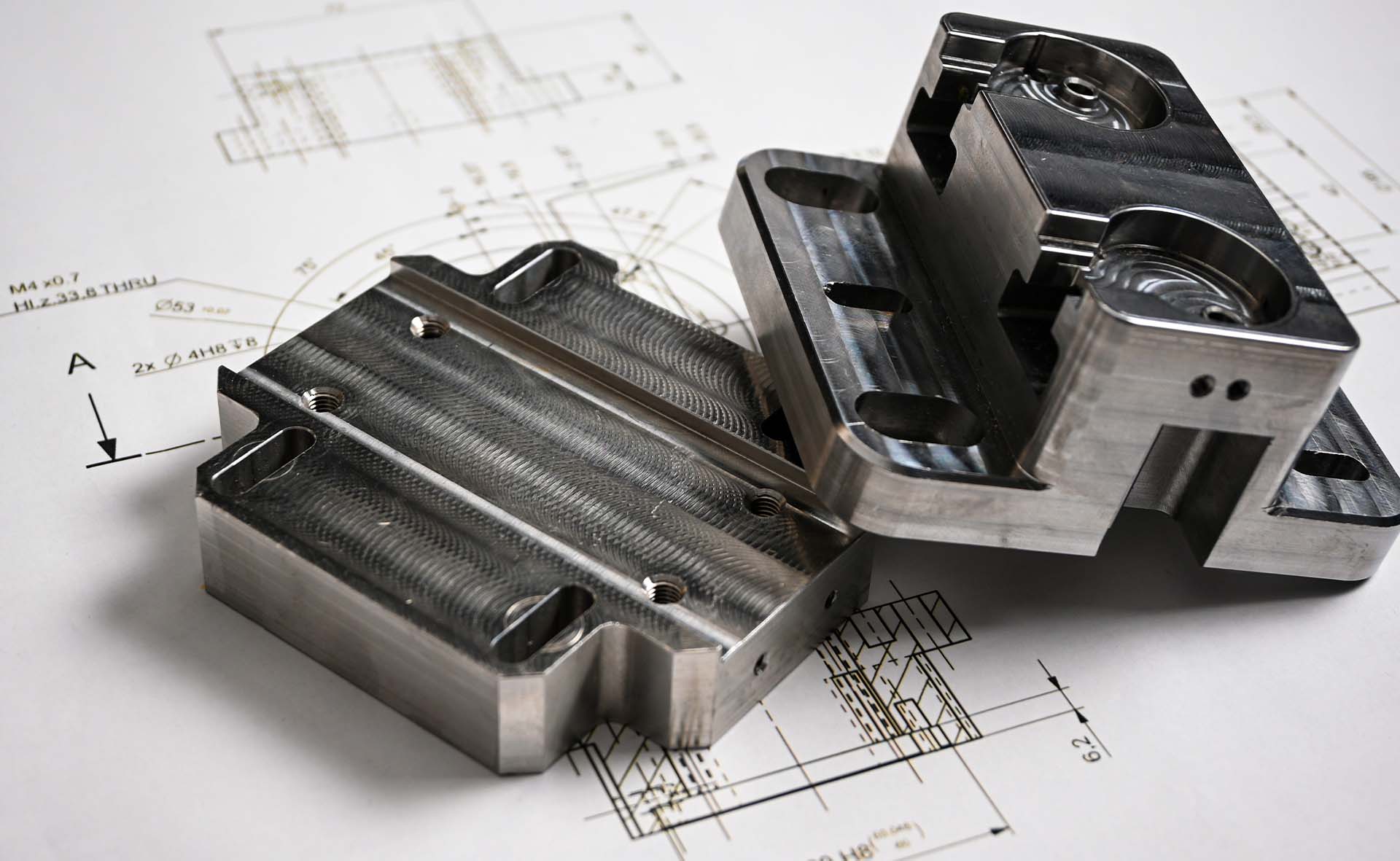Considering HDPE injection moulding for your next plastic project? Learn about the properties of HDPE material, its pros and cons, as well as common applications and alternative material options.
High-density polyethylene (HDPE) is often regarded as a “cheap and cheerful” thermoplastic polymer for plastic injection moulding. It is a resin found typically in pellet form and designed to provide excellent processability for moulders. It can withstand high impact, possess high-stress crack resistance, and have extreme durability.
| Test | Typical Value/Unit | |
|---|---|---|
| Flexural Modulus (0.05 – 0.25 %) | ISO 178 | 900 MPa |
| Tensile Strength at Yield | ISO 527-2/1A/50 | 23 MPa |
| Elongation at Break | ISO 527-2/1A/50 | > 100 % |
| Elongation at Yield | ISO 527-2/1A/50 | 10 % |
| IZOD Impact | ISO 180-1A | 4 KJ/m2 |
| Temperature of Deflection Under Load | ISO 75-Be | 71 °C |
| Environmental Stress Crack Resistance | ASTM D 1693 | 3 hrs |

HDPE is a versatile material with a wide range of applications across the automotive, electronics and many other industries. Some common applications include:
If your application will be exposed to moderately higher temperatures or requires a more flexible material, PP is a good alternative to HDPE. PP is a commodity thermoplastic with good fatigue strength, a low coefficient of friction, and excellent moisture resistance. It is typically as affordable, or sometimes even cheaper than HDPE, making it an equally viable and cost-effective alternative in many applications.
When your part requires more mechanical strength, abrasion resistance, or heat resistance, Nylon is a good alternative to HDPE. Nylon is highly durable, with exceptional strength and resistance to wear and tear, and it can be filled with glass fibers for enhanced properties. It’s worth noting that nylon is hydrophilic, so it’s not ideal for injection molded products where there’s continuous contact with water.
At HLH Rapid, we offer an extensive selection of resins to meet your custom injection molding needs, including High-Density Polyethylene (HDPE). To begin your next project, simply upload your CAD drawings using our contact form and provide the project details, such as quantity, material choice, and any surface finish requirements. Our dedicated team will respond with a quote within 48 hours or less.
